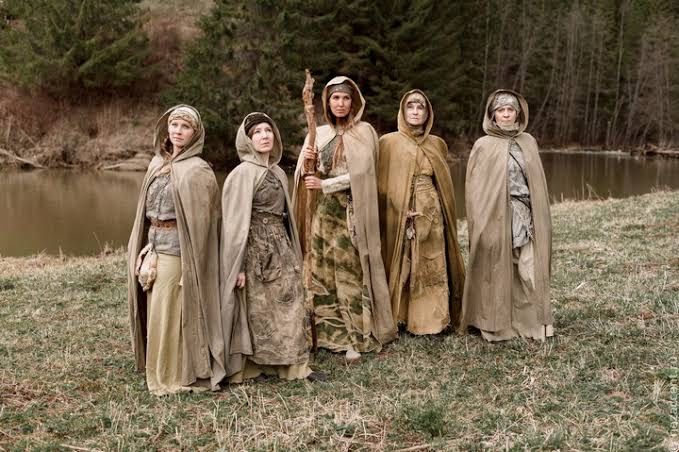The Iron-Wielding Tšuudid: Did Estonia's Warlike Tribe Leave a Genetic Legacy
Estonia has a rich and diverse cultural history that dates back thousands of years. One of the lesser-known groups of people who have lived in Estonia are the Tsuhnaads, also known as "tšuudid". This group of people lived mainly near the present-day Tartu and Võru areas in southern

Estonia has a rich and diverse cultural history that dates back thousands of years. One of the lesser-known groups of people who have lived in Estonia are the Tsuhnaads, also known as "tšuudid". This group of people lived mainly near the present-day Tartu and Võru areas in southern Estonia. Despite their relatively small population, the Tšuudid had a unique culture and a fascinating history.
The Tšuudid were part of the East Slavic tribes and had a strong connection with the Russian and Slavic cultures. They spoke a distinct dialect of the Russian language, which was influenced by Estonian and Finnish languages. The Tšuudid were known for their agriculture, animal husbandry, and craftsmanship, especially in the areas of metalworking and pottery.
One of the most unique aspects of Tšuudi culture was their use of iron as a symbol of power and status. The Tšuudid used iron as a currency, and iron objects were highly valued and traded across the region. The Tšuudid were also skilled in making iron tools and weapons, which were highly sought after by neighboring tribes.
In addition to their metalworking skills, the Tšuudid were also known for their musical and artistic talents. They had a unique style of singing and playing traditional musical instruments, which were a central part of their cultural practices. The Tšuudid were also skilled in creating pottery and weaving, and their textiles and other handicrafts were highly prized.
The Tšuudid had a rich and complex history, which was marked by numerous wars and conflicts with neighboring tribes. They were involved in the Livonian War (1558-1583) and fought alongside the Russians against the Swedes. The Tšuudid also played a role in the Northern Wars (1700-1721) between Sweden and Russia, which resulted in the loss of their territories to the Russians.
Despite their struggles, the Tšuudid managed to preserve their culture and traditions throughout the centuries. Today, there are still traces of Tšuudi culture visible in southern Estonia, from their distinct dialect of the Russian language to their unique handicrafts and traditional music.
In conclusion, the Tšuudid were a unique and fascinating group of people who played an important role in the cultural history of Estonia. Their metalworking skills, cultural practices, and artistic talents have left a lasting legacy, which is still celebrated and preserved today. The Tšuudid remind us of the richness and diversity of Estonian culture and the importance of preserving cultural heritage for future generations.




